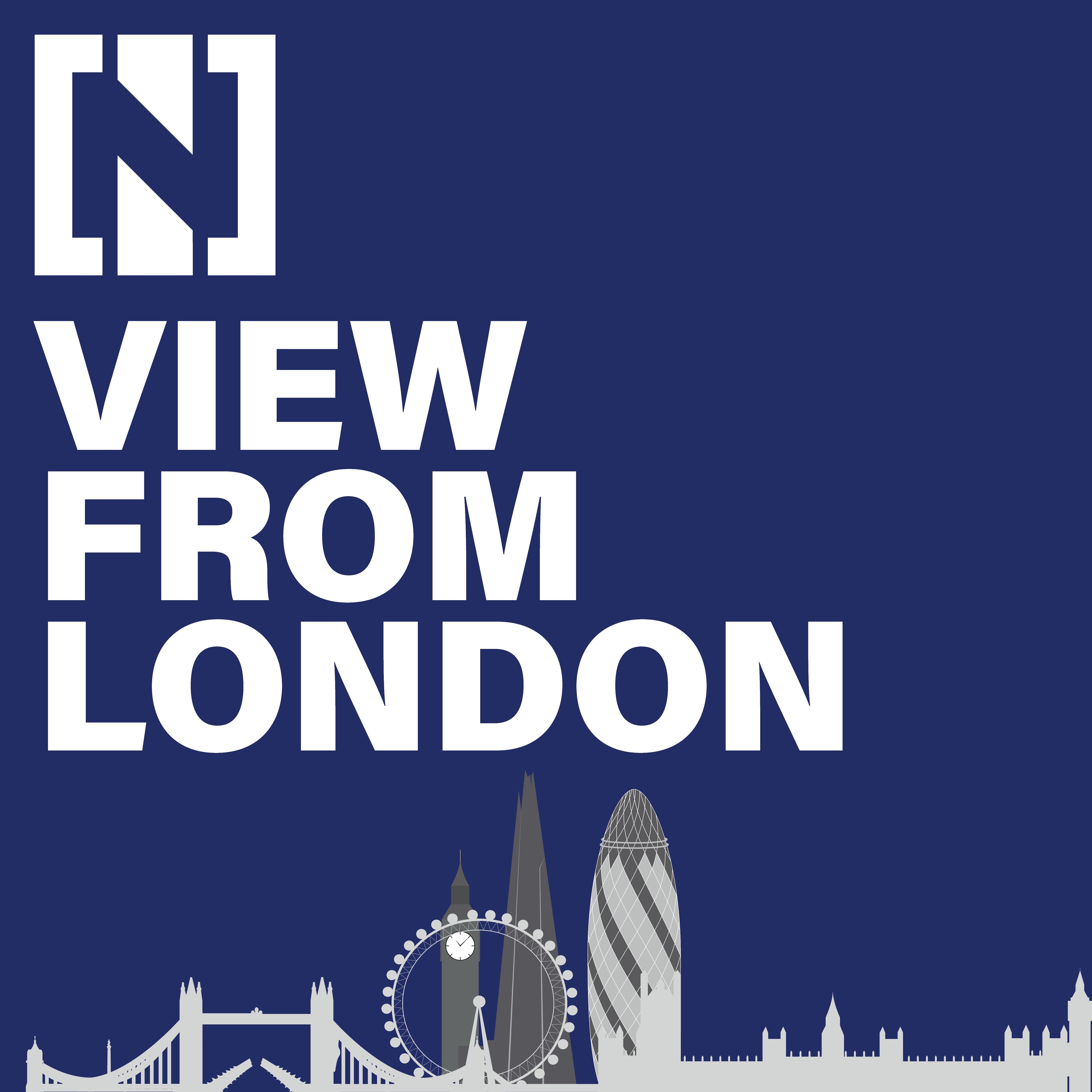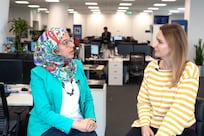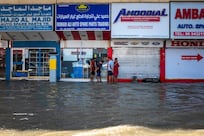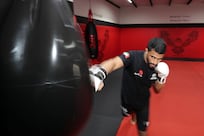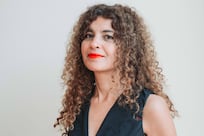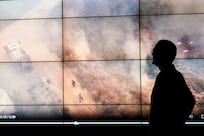BUSSY-SAINT-GEORGES, FRANCE // Chief Abbess Manchen Shih gazed through a first-floor window of her vast wood and concrete temple as shaven-headed nuns in mustard robes prepared for midday prayers, cooking rice as an offering to the Buddha.
"Look! You can see the mosque and the Laotian temple," she said, gesturing at two half-finished buildings rising from a weed-ridden site in Bussy-Saint-Georges, 30 kilometres east of Paris.
Like many of the new towns that have sprung up since the 1960s to ease urban overcrowding, more than half of Bussy's 25,000 residents are immigrants. Mayor Hugues Rondeau says about 40 per cent of the town's population is Asian.
With France - a secular nation with a long Roman Catholic history - battling to come to terms with its increasingly multicultural identity, Mr Rondeau believes Bussy can set an example.
Worried by a lack of prayer space for non-Catholics, he is breaking new ground by placing a synagogue, a mosque and two Buddhist temples side by side in a bid to tear down barriers between the faiths. Bussy already has a Catholic church.
"My concern was that if we don't provide some better organisation for the religions, we could end up with anarchy and people praying in the streets," Mr Rondeau, a practicing Catholic said.
France, a nation of 60 million people, is home to Europe's largest Muslim and Jewish minorities, estimated at about 5 million and half a million respectively. They rub shoulders with about one million Buddhists, many of them immigrants from France's former east Asian colonies.
That has led to tensions. More than 100 anti-Muslim attacks and as many as 400 anti-Jewish acts are reported each year, ranging from threats and desecration of graveyards to violence.
The shooting of three Jewish children and four adults by 23-year-old Mohamed Merah in March - France's first domestic Al Qaeda-inspired killings - has prompted calls for more interfaith dialogue.
While Bussy has no history of violence, Mr Rondeau fears it may not be immune and he recognises that the project - where the mosque and the synagogue directly face each other - is a gamble.
It is a first in France where a strict 1905 law on the separation of church and state has made public officials reluctant to intervene in religious affairs.
Mr Rondeau emphasises that, while he asked public authorities to reserve a plot of land close to the city centre for the site, construction is entirely funded by religious communities, which have enthusiastically embraced the scheme.
Abbess Shih's box-shaped temple, the European headquarters of the Taiwan-based Fo Guang Shan Buddhist order, opened in July. A Laotian temple and a green-and-beige mosque should be ready by December with the synagogue expected to be completed in 2014.
"Our Grandmaster asks us to be in harmony with ourselves, with others, with society and with the world so I think it's good that we're all neighbours," says Ms Shih.
Islamic leaders hope the project can foster harmony after tensions flared in September when the previous conservative government banned street prayers.
The sight of hundreds of Muslims worshipping in the streets of northern Paris had stirred unease in a country where public displays of faith are frowned up - prompting far-right National Front leader Marine Le Pen to brand it an "invasion" - but Muslims complain there are not enough mosques.
"This is a great initiative," Abdallah Zekri, president of the Observatory against Islamophobia within the French Muslim Council. "It could reinforce the spirit of living together and allow moments to be shared. I see that as positive."
Mr Rondeau says Bussy's immigrant population makes it the perfect laboratory for the mingling of people of different faiths, but admits that many locals remain opposed.
"It is not always easy,'' he said. "It's always hard for people to understand that the cultural and even ethnic landscape of Europe is changing."
To defuse concerns, Mr Rondeau asked each community to build contemporary structures that would not look out of place in the new town. The mosque was, for instance, designed with a symbolic minaret discreetly attached to the main building.
He hopes the site will eventually feature an Armenian cultural centre, a Chinese evangelical church, classrooms and libraries where people can learn about the different faiths.
Every religious building will have its own cultural area. Visitors to the Taiwanese Buddhist temple will be able to learn Mandarin or attend a tea ceremony while the mosque will offer classes in Muslim civilisation and Arabic.
